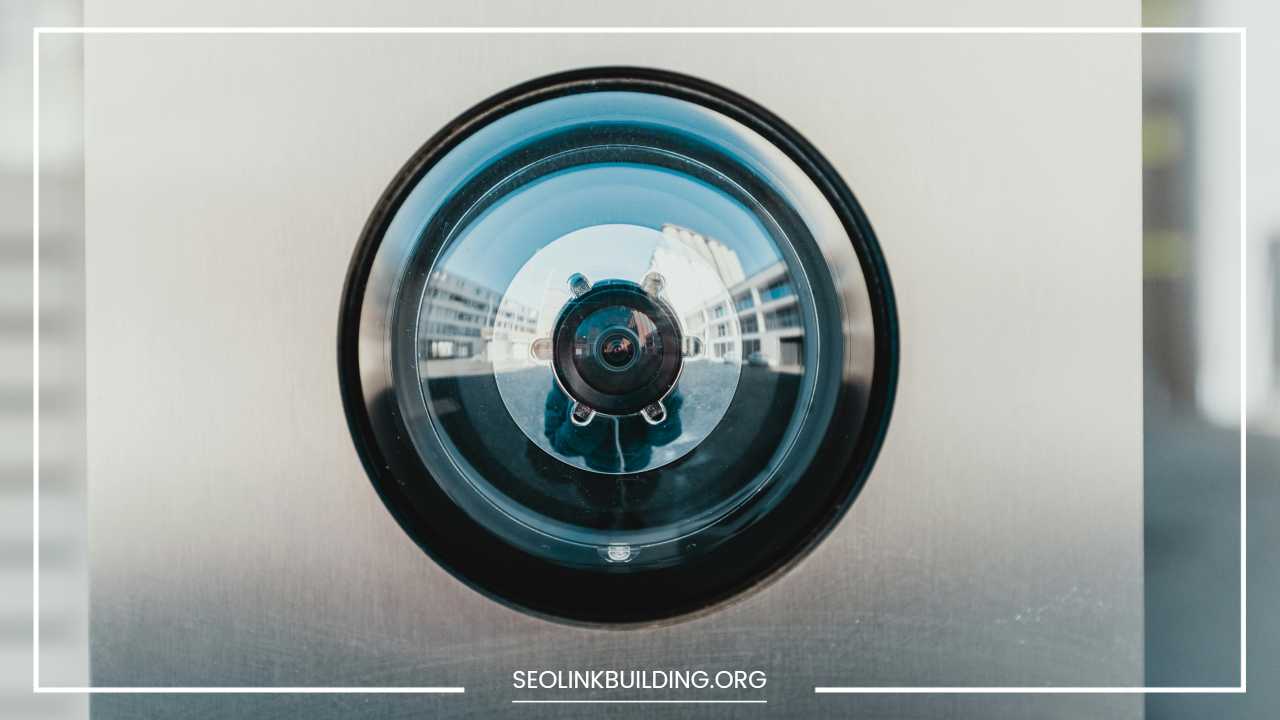Biometric Technology: Enhancing Workplace Security

Biometric Technology
Biometric Technology: Enhancing Workplace Security in the Modern Era
The workplace landscape is constantly evolving. As technology advances and the nature of work itself transforms, so too do our security needs. Gone are the days of simple keycards and combination locks.
Today, businesses are turning to biometric technology to create a more secure and efficient work environment for their employees.
But what exactly is biometric technology, and how can it benefit your workplace? This blog post will delve into the world of biometrics, exploring its applications in workplace security, its advantages and disadvantages, and how to implement it responsibly.
Understanding Biometrics
Biometrics refers to the use of unique biological characteristics to identify individuals. These characteristics can include fingerprints, facial features, iris patterns, voice recognition, and even body temperature.
Biometric systems capture and analyze these characteristics, creating a digital profile that can be used for verification or identification purposes.
In the context of workplace security, biometrics are most commonly used for access control. Fingerprint scanners, facial recognition systems, and iris scanners are replacing traditional methods like keycards and PINs to control entry to buildings, restricted areas, and computer networks.
Benefits of Biometric Technology in the Workplace
Biometric technology offers a multitude of advantages over traditional security methods, making it an attractive option for businesses of all sizes. Here are some key benefits:
-
Enhanced Security: Biometric identifiers are unique to each individual and cannot be easily forged or shared. This significantly reduces the risk of unauthorized access compared to keycards or PINs, which can be lost, stolen, or guessed.
-
Convenience and Efficiency: Biometric systems offer a faster and more convenient way to verify identity. Employees simply need to scan their fingerprint, face, or iris to gain access, eliminating the need to remember complex codes or carry access cards.
-
Improved Accuracy: Biometric systems are highly accurate, minimizing the chances of false positives or negatives. This ensures that only authorized personnel gain access to secure areas and information.
-
Reduced Contact: In a post-pandemic world, contactless biometric systems like facial recognition can be beneficial for access control, reducing the need to touch surfaces frequently used by others.
-
Potential for Time Tracking and Monitoring: Some biometric systems can be integrated with time and attendance software, allowing for more accurate and efficient tracking of employee work hours. However, this application raises privacy concerns, which we will discuss later.
Advanced Applications of Biometrics
Beyond access control, biometrics have the potential to be used for a variety of other security applications in the workplace:
-
Secure Logins: Biometrics can be used to replace passwords for logging into computers and secure networks, offering a more secure and convenient way to authenticate users.
-
Device Security: Biometric scanners can be integrated into laptops, smartphones, and other devices to restrict unauthorized access.
-
Payment Systems: Biometric technology can be used for contactless payment systems in cafeterias or vending machines, eliminating the need for cash or cards.
-
Monitoring Employee Health: Thermal scanners can be used to detect elevated body temperatures, potentially helping to identify individuals who may be sick and prevent the spread of illness.
It’s important to note that the use of biometrics for some of these applications, such as time tracking and health monitoring, may raise additional privacy concerns that need to be carefully considered.
Implementation Considerations
While biometrics offer significant advantages, there are also factors to consider before implementing such technology in your workplace. Here are some key points to ponder:
-
Cost: Biometric systems can be expensive to install and maintain, especially for advanced technologies like iris scanners. The cost-benefit analysis should consider not just the initial investment but also the ongoing maintenance and potential upgrades required.
-
Employee Privacy: The collection and storage of biometric data raises privacy concerns. Employees may be apprehensive about their data being used or misused. It’s crucial to have clear policies in place regarding data collection, storage, and usage, and to comply with all relevant data privacy regulations.
-
Accuracy and Bias: Biometric systems are not foolproof and can be susceptible to errors, particularly with facial recognition technology. These errors can disproportionately affect certain demographics. Careful selection and implementation of systems is essential, along with ongoing monitoring for potential biases.
-
Compliance with Regulations: Data privacy regulations like GDPR (General Data Protection Regulation) and HIPAA (Health Insurance Portability and Accountability Act) may dictate how biometric data is collected, stored, and used. Businesses must ensure compliance with all relevant regulations to avoid legal issues.
Responsible Implementation of Biometrics
Biometric technology can be a powerful tool for enhancing workplace security, but it’s important to implement it responsibly. Here are some key steps to take:
-
Conduct a thorough cost-benefit analysis. Consider the security needs of your business, the budget available, and the potential benefits before investing in biometric technology.
-
Develop a comprehensive data privacy policy. This policy should clearly explain how biometric data will be collected, stored, used, and disposed of. It should also outline employee rights regarding their data, such as the right to access, correct, or delete their data.
-
Obtain employee consent. Employees should be informed about the use of biometrics and have the option to opt-out if they wish. This opt-out option should be meaningful and not come with any negative consequences for employment.
-
Choose a reputable vendor. Select a vendor with a proven track record in security and data privacy. Look for vendors who are certified with relevant industry standards for data security.
-
Train employees. Educate your employees on how the biometric system works and their rights regarding their data. This will help to alleviate any concerns they may have and ensure they use the system properly.
-
Security Measures: Implement robust security measures to protect biometric data from unauthorized access, theft, or misuse. This includes encryption of data at rest and in transit, as well as regular security audits and penetration testing.
-
Regular Review and Updates: Regularly review your biometric security policies and procedures to ensure they remain effective in light of evolving technologies and regulations.
The Future of Biometric Technology
Biometric technology is constantly evolving, with new and more sophisticated systems being developed all the time. As the technology matures, we can expect to see even wider adoption in the workplace. Here are some potential future trends:
-
Multimodal authentication: Combining different biometric modalities, such as fingerprint and facial recognition, for even greater security. This can help to address limitations of individual modalities and reduce the risk of errors.
-
Wearable biometrics: The integration of biometric sensors into wearables like smartwatches for seamless access control. This would offer a convenient and hands-free way to verify identity.
-
Behavioral biometrics: Analyzing user behavior patterns such as typing cadence or mouse movements for additional authentication factors. This can be used in conjunction with traditional biometrics for a more layered security approach.
-
Continuous Authentication: Biometric systems that continuously monitor user behavior throughout a session to detect anomalies or potential unauthorized access. This could be particularly useful for high-security applications.
Ethical Considerations
The growing use of biometrics in the workplace raises important ethical considerations. Here are some key points to keep in mind:
-
Employee Trust: Building and maintaining trust with employees is essential for the successful implementation of biometric technology. Businesses need to be transparent about how biometric data is used and ensure it is used for legitimate business purposes.
-
Surveillance Concerns: The use of biometric technology can be seen as a form of employee surveillance. It’s important to strike a balance between security needs and employee privacy.
-
Potential for Discrimination: As mentioned earlier, biometric systems can have biases that disproportionately affect certain demographics. Businesses need to be aware of these biases and take steps to mitigate them.
Final Remarks
Biometric technology has the potential to significantly enhance workplace security, offering a more convenient and efficient way to verify identity and control access.
However, it’s important to implement this technology responsibly, with a focus on data privacy, employee trust, and ethical considerations.
By carefully considering the benefits and drawbacks, and implementing strong security measures, businesses can leverage the power of biometrics to create a safer and more secure work environment for everyone.













